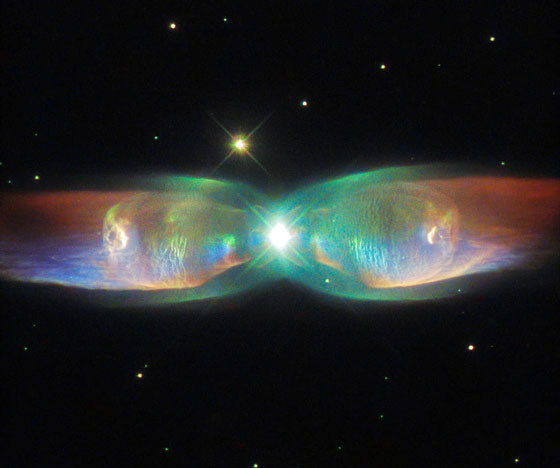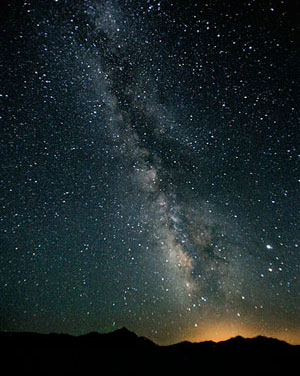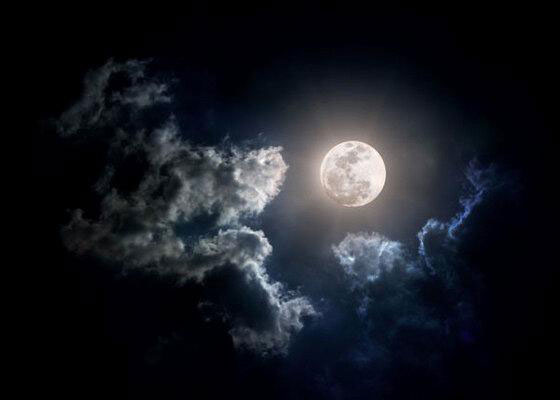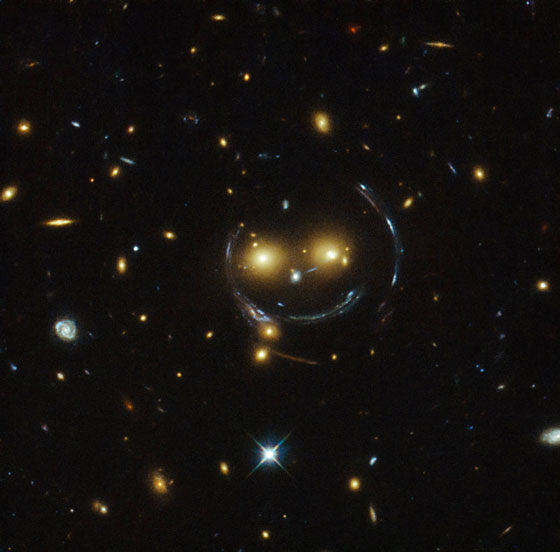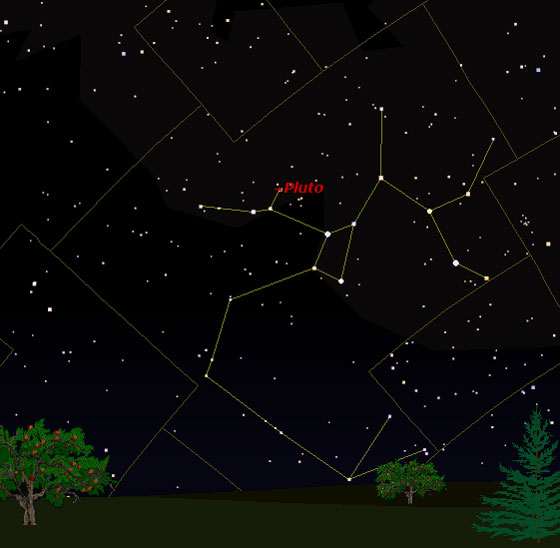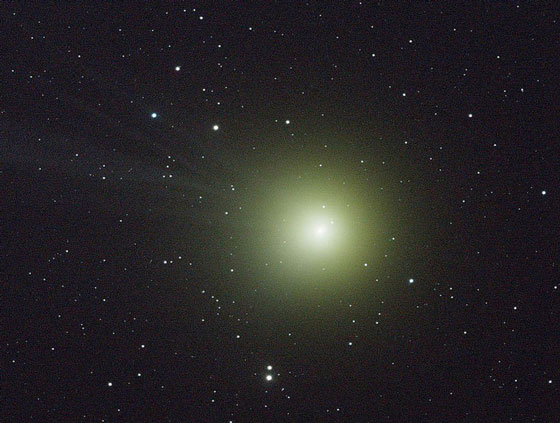
The best display of shooting stars this year occurs December 4-17, peaking over the night December 13 and 14. This display is called the “Geminid meteor shower”:
- Shooting stars are meteors — small pieces of dust in space that quickly burn up in Earth’s atmosphere. The dust particles for the Geminid meteor shower (or “the Geminids” for short) are leftover bits of an asteroid called “3200 Phaethon” that flies very near the Sun every 1.4 years. As the Earth orbits the Sun, every year at about this time we pass through the dust left behind by this asteroid’s many visits to our neck of the galactic woods.
- It’s called the “Geminids” because the shooting stars in this meteor shower all appear to fly toward us from the Name A Star Live constellation Gemini. The two brightest stars of Gemini, Castor and Pollux, are referred to as “the Twins” as they were famous brothers in classical mythology.
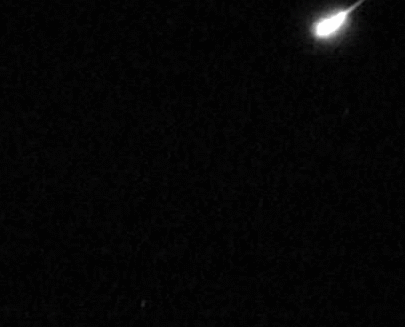
- A shooting star (in slow motion!). Image Credit: NASA
So if you’re looking for something romantic to do this month, consider going outside under the night sky with your significant other, and make some wishes upon every shooting star you see! No telescope or binoculars needed: Just bring along a lawn chair or long towel on which to lie down. You might want to bring along some food and drink and, depending on where you live in the world, either some mosquito repellant or warm clothing. Then, just look up. You should see more shooting stars than you normally would on any night of the year. Under perfect conditions — a clear sky, far from city lights, and viewing during the two or three hours right before sunrise the morning of December 14 — you might see as many as 120 shooting stars per hour. But you can still see an above average number of shooting stars no matter what time of the night you look, and see a good show any clear night over the Dec. 4-17 time period.



